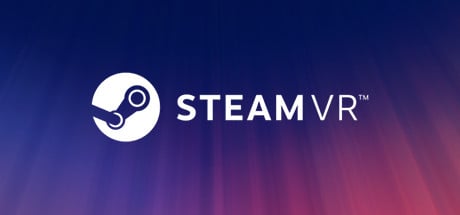- cross-posted to:
- virtualreality
- cross-posted to:
- virtualreality
Please leave a comment on this community post if it is impacting you, to let Valve know this is an important issue.
Yeah I’ve been complaining on their VR updates and github and everything but it’s obvious they don’t care.
I mean I’m not surprised, VR on Linux is 1% of 1%, but it’s still upsetting after spending quite a lot of money on the hardware.Edit: I see this is just for latency, well at least it works… For me I can maybe get it to start but it might take ~2 days of attempts.
Why is this something valve needs to fix? For ordinary gaming gpu manufacturers already have latency lowering solutions that don’t overshoot or require hard-coded values. What makes vr different?
VR has much more stringent latency requirements than normal gaming, because moving your head needs to be in perfect sync with the world “staying still”. The manual calibration needed for this is around 8ms, which is compensating for the render/presentation time of a single frame at 120fps.
It sounds like a nitpick, but I can tell you from experience that it makes a very significant difference.
If you can just add a 7ms delay without noticing it as the solution suggests, latency doesn’t sound that stringent. What the problem sounds to me like is that the headset doesn’t support vrr so frames have to wait a whole frame time if they miss their window, and steamvr doesn’t realise that’s happening. Which wouldn’t be a problem if this was managed by the driver instead
Yes headsets don’t support VRR which is why it’s so crucial to get the timing right



